Home>Gardening & Outdoor>Plant Care & Gardening Tips>How To Plant Wildflower Seeds In CA Sierra Foothills
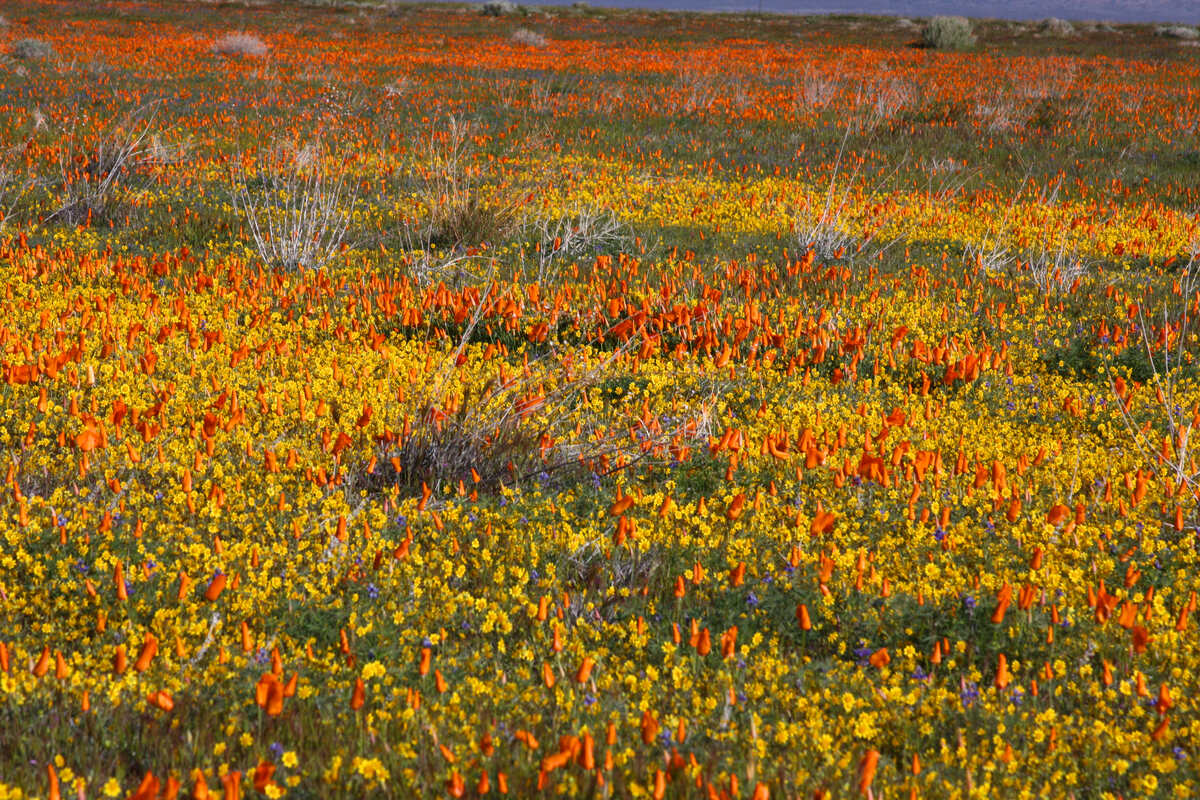

Plant Care & Gardening Tips
How To Plant Wildflower Seeds In CA Sierra Foothills
Modified: January 6, 2024
Discover expert tips for planting wildflower seeds in the CA Sierra Foothills. Get valuable plant care and gardening advice to ensure successful growth and blooming.
(Many of the links in this article redirect to a specific reviewed product. Your purchase of these products through affiliate links helps to generate commission for Storables.com, at no extra cost. Learn more)
Introduction
Welcome to the beautiful Sierra Foothills of California, where the diverse landscapes and favorable climate create an ideal environment for cultivating wildflowers. Whether you're a seasoned gardener or a nature enthusiast looking to add a splash of color to your surroundings, planting wildflower seeds in this region can be a rewarding and enjoyable experience. In this guide, we'll explore the step-by-step process of planting wildflower seeds in the Sierra Foothills, offering valuable tips and insights to help you create a vibrant and thriving wildflower garden.
The Sierra Foothills boast a rich tapestry of native plant species, and by introducing wildflowers into this ecosystem, you can contribute to the preservation of local biodiversity while enhancing the natural beauty of the area. From the enchanting foothill poppy to the striking California bluebell, the region's wildflowers offer a captivating display of hues and shapes that can transform any landscape into a breathtaking vista.
Whether you're looking to attract pollinators, create a picturesque meadow, or simply enjoy the serene charm of wildflowers, this guide will equip you with the knowledge and techniques needed to successfully plant and nurture wildflower seeds in the Sierra Foothills. So, roll up your sleeves, grab your gardening tools, and let's embark on a journey to unlock the secrets of cultivating stunning wildflower blooms amidst the stunning backdrop of the California Sierra Foothills.
Key Takeaways:
- Embrace the beauty of the Sierra Foothills by planting wildflower seeds, choosing the right species, and nurturing them to create a vibrant and sustainable garden that supports local biodiversity and enriches the environment.
- Cultivate a stunning wildflower garden in the Sierra Foothills by carefully selecting seeds, preparing the soil, and providing attentive care to create a colorful and thriving ecosystem that celebrates the resilience of native flora.
Read more: How Do I Plant CA Wildflower Seeds
Choosing the Right Wildflower Seeds
Before delving into the planting process, it’s essential to select the right wildflower seeds for your Sierra Foothills garden. With a myriad of wildflower species available, each with its unique characteristics and requirements, choosing the appropriate seeds is crucial for a successful and visually appealing garden.
When selecting wildflower seeds, consider the specific microclimate of your planting site within the Sierra Foothills. Certain wildflowers thrive in full sun, while others prefer partial shade, so understanding the sunlight patterns and soil conditions of your chosen location is paramount. Additionally, take into account the natural flora of the region and opt for native wildflower species to support the local ecosystem and ensure the long-term sustainability of your garden.
Another factor to consider is the bloom time of different wildflower species. By carefully choosing a variety of seeds that bloom at different times throughout the growing season, you can create a dynamic and ever-changing display of colors in your garden, ensuring continuous visual interest and attracting a diverse array of pollinators.
Furthermore, pay attention to the height and growth habits of the wildflowers. Taller species can provide vertical interest and serve as backdrops for shorter blooms, while sprawling or ground-hugging varieties can fill in bare spaces and create a lush, layered effect in your garden.
Lastly, consider the specific purposes of your wildflower garden. Are you aiming to attract butterflies, bees, and hummingbirds? Do you want to create a serene retreat for relaxation and contemplation? By aligning your seed selection with your goals, you can tailor your wildflower garden to meet your unique aspirations and preferences.
By carefully considering these factors and selecting the right wildflower seeds, you can lay a solid foundation for a thriving and visually stunning garden in the Sierra Foothills, setting the stage for a bountiful display of nature’s splendor.
Selecting the Planting Site
Choosing the perfect planting site is a crucial step in the process of establishing a flourishing wildflower garden in the Sierra Foothills. The unique topography and microclimates of this region offer a diverse range of potential locations, each with its own set of advantages and considerations.
First and foremost, assess the sunlight exposure of the prospective planting site. Most wildflowers thrive in areas with ample sunlight, so look for a location that receives at least six to eight hours of direct sunlight per day. However, if you’re aiming to cultivate wildflowers that prefer partial shade, such as woodland species, consider areas with dappled sunlight or filtered light from nearby trees.
Next, evaluate the soil quality and drainage of the site. Wildflowers generally prefer well-draining soil, as standing water can lead to root rot and other issues. The soil should also be nutrient-rich to support healthy growth and vibrant blooms. Conduct a soil test to determine its composition and pH level, and amend the soil as needed to create an optimal growing environment for your chosen wildflower species.
Consider the surrounding landscape and natural features when selecting a planting site. Sloping terrain can create visually appealing gradients and natural water flow patterns, while flat areas may offer ease of access and maintenance. Additionally, take note of existing vegetation and consider how your wildflower garden will complement and interact with the native flora of the Sierra Foothills.
Furthermore, factor in accessibility and visibility when choosing the planting site. Select an area that allows for easy maintenance and observation, ensuring that you can tend to your wildflowers and enjoy their beauty without difficulty. If you’re aiming to create a focal point or a welcoming entry to your property, consider planting wildflowers in a prominent location that enhances the overall aesthetic appeal of the landscape.
By carefully selecting a well-suited planting site for your wildflower garden, you can create an environment where your chosen wildflower species can thrive and contribute to the natural splendor of the Sierra Foothills, enriching the local ecosystem and delighting all who encounter its breathtaking beauty.
Preparing the Soil
Creating an optimal growing environment through proper soil preparation is essential for the success of your wildflower garden in the Sierra Foothills. By tending to the soil with care and attention to detail, you can lay the groundwork for healthy root development, robust growth, and vibrant blooms that will adorn your landscape with natural beauty.
Begin by assessing the existing soil composition and structure of the planting site. Conduct a soil test to determine the pH level, nutrient content, and drainage properties. This information will guide you in making informed decisions about soil amendments and preparations tailored to the specific needs of the wildflower species you intend to plant.
For most wildflowers, well-draining soil is crucial to prevent waterlogging and ensure healthy root systems. If the soil at your planting site has poor drainage, consider incorporating organic matter, such as compost or well-rotted manure, to improve soil structure and water permeability. This will create an environment conducive to root development and overall plant health.
Adjust the soil pH as needed to align with the preferences of your chosen wildflower species. Many wildflowers thrive in slightly acidic to neutral soil, so amending the pH with organic materials or soil additives can help create an optimal growing medium. However, it’s important to research the specific pH requirements of the wildflowers you plan to cultivate to ensure that the soil is tailored to their needs.
Furthermore, clear the planting area of any debris, rocks, or weeds that may impede the growth of your wildflowers. Creating a clean and well-prepared bed for your seeds or seedlings will minimize competition for resources and provide an ideal environment for establishing strong and healthy plants.
Finally, consider applying a layer of mulch to the prepared soil to help retain moisture, suppress weed growth, and provide insulation for the developing wildflower seedlings. Organic mulches, such as straw or shredded bark, can also contribute to the gradual improvement of soil structure and fertility as they decompose over time.
By diligently preparing the soil to meet the specific needs of your chosen wildflower species, you can create a nurturing foundation for your garden, setting the stage for a flourishing and visually captivating display of nature’s splendor in the Sierra Foothills.
Choose a sunny spot with well-drained soil. Clear the area of weeds and loosen the soil. Scatter the wildflower seeds and lightly press them into the soil. Water gently and keep the area moist until the seeds germinate.
Planting the Seeds
As you embark on the exciting journey of sowing wildflower seeds in the Sierra Foothills, thoughtful planning and proper techniques will play a pivotal role in the successful establishment of your wildflower garden. By adhering to best practices and considering the unique attributes of the region, you can sow the seeds for a vibrant and thriving display of native blooms.
Timing is crucial when it comes to planting wildflower seeds. In the Sierra Foothills, the optimal time for sowing wildflower seeds is typically in the fall, allowing the seeds to undergo natural stratification during the winter months. This process, which involves exposure to cold and moisture, helps break seed dormancy and enhances germination rates, setting the stage for robust growth in the spring.
Prior to sowing the seeds, prepare the planting area by raking the soil to create a fine, level surface. This will ensure good seed-to-soil contact, a critical factor for successful germination. Consider mixing the wildflower seeds with a carrier material, such as sand or vermiculite, to facilitate even distribution and prevent overcrowding of the seeds in concentrated areas.
When sowing the seeds, aim for a uniform coverage across the planting area, taking care to scatter the seeds evenly to avoid clumping and promote a naturalistic distribution of wildflowers. Lightly press or roll the seeds into the soil to secure them in place, ensuring that they are in direct contact with the moist earth, which is essential for germination.
After sowing the seeds, gently water the planting area to provide the moisture needed to kickstart the germination process. It’s important to keep the soil consistently moist but not waterlogged during the germination period, which may require light, frequent watering to support the emergence of delicate seedlings.
As the wildflower seedlings emerge and grow, monitor their progress closely, providing supplemental water during dry spells and taking measures to protect them from potential threats such as invasive weeds and pests. With proper care and attention, your wildflower seeds will transform into a vibrant tapestry of blooms, adding a splash of color and natural charm to the Sierra Foothills.
By following these guidelines and embracing the nuances of wildflower cultivation in the Sierra Foothills, you can sow the seeds for a stunning and sustainable wildflower garden that celebrates the beauty and resilience of native flora in this captivating region.
Read more: How To Plant Wildflower Seed Paper
Caring for Wildflower Seedlings
Once your wildflower seedlings have emerged and begun their journey towards maturity, providing attentive care and support will be instrumental in nurturing their development and ensuring a spectacular display of blooms in your Sierra Foothills garden. With a blend of mindful maintenance and a deep understanding of the unique needs of wildflowers, you can foster a thriving and resilient ecosystem of native flora.
Watering is a critical aspect of caring for wildflower seedlings, particularly during the early stages of growth. While it’s essential to keep the soil consistently moist to support the establishment of young roots, it’s equally important to avoid overwatering, which can lead to root rot and other issues. Monitor the moisture levels of the soil and adjust your watering regimen based on the specific requirements of the wildflower species you are cultivating.
As the seedlings continue to grow, it’s important to provide adequate spacing between plants to prevent overcrowding and competition for resources. Thinning may be necessary to create the optimal conditions for robust growth and ample airflow, which can help deter disease and promote overall plant health.
Keep an eye out for invasive weeds that may encroach on the growing area of your wildflower seedlings. Regular weeding and maintenance will help minimize competition for nutrients and reduce the risk of weed-induced stress on the developing plants. Consider mulching the planting area to further suppress weed growth and conserve soil moisture, creating a conducive environment for the wildflowers to flourish.
Supporting pollinators and beneficial insects is an integral part of caring for wildflower seedlings. The presence of native pollinators, such as bees and butterflies, is essential for the successful reproduction of many wildflower species. By avoiding the use of harmful pesticides and providing a welcoming habitat for pollinators, you can help ensure the long-term sustainability and vitality of your wildflower garden.
Observation and proactive intervention are key components of effective care for wildflower seedlings. Keep a watchful eye on the plants, noting any signs of stress, disease, or pest infestations. Promptly address any issues that arise, employing organic and environmentally friendly methods to maintain the health and vigor of your wildflowers.
By embracing a holistic approach to caring for your wildflower seedlings and integrating sustainable practices into your gardening routine, you can foster a resilient and biodiverse ecosystem of native wildflowers in the Sierra Foothills, creating a haven for both plant life and the myriad creatures that depend on these blooms for sustenance and shelter.
Conclusion
As we conclude our exploration of planting wildflower seeds in the captivating landscape of the Sierra Foothills, it’s evident that this region offers an abundance of opportunities to cultivate a diverse and enchanting wildflower garden. From the sun-kissed slopes to the tranquil meadows, the Sierra Foothills provide an idyllic setting for nurturing native flora and creating a vibrant tapestry of colors and textures amidst the natural splendor of the area.
By carefully choosing the right wildflower seeds, selecting a well-suited planting site, and preparing the soil with care and attention, you can lay the foundation for a thriving and visually captivating garden that celebrates the resilience and beauty of native wildflowers. Embracing the nuances of wildflower cultivation in the Sierra Foothills, from understanding the unique microclimates to supporting local pollinators, allows for the creation of a sustainable and biodiverse ecosystem that enriches the local environment.
As the wildflower seedlings emerge and grow, providing attentive care and support becomes paramount in nurturing their development and ensuring a spectacular display of blooms. From mindful watering and weed management to fostering a welcoming habitat for pollinators, the ongoing care for your wildflower garden contributes to the long-term sustainability and vitality of the ecosystem you’ve cultivated.
Ultimately, planting wildflower seeds in the Sierra Foothills is a journey of connection – to the land, to the native flora, and to the intricate web of life that thrives in this remarkable region. It’s a testament to our ability to coexist harmoniously with nature, fostering an environment where the vibrant hues of wildflowers and the gentle hum of pollinators enrich our lives and the surrounding landscape.
As you embark on your own wildflower gardening endeavors in the Sierra Foothills, may this guide serve as a source of inspiration and practical wisdom, empowering you to create a flourishing and sustainable wildflower garden that reflects the timeless allure of this unique and cherished corner of the world.
Frequently Asked Questions about How To Plant Wildflower Seeds In CA Sierra Foothills
Was this page helpful?
At Storables.com, we guarantee accurate and reliable information. Our content, validated by Expert Board Contributors, is crafted following stringent Editorial Policies. We're committed to providing you with well-researched, expert-backed insights for all your informational needs.
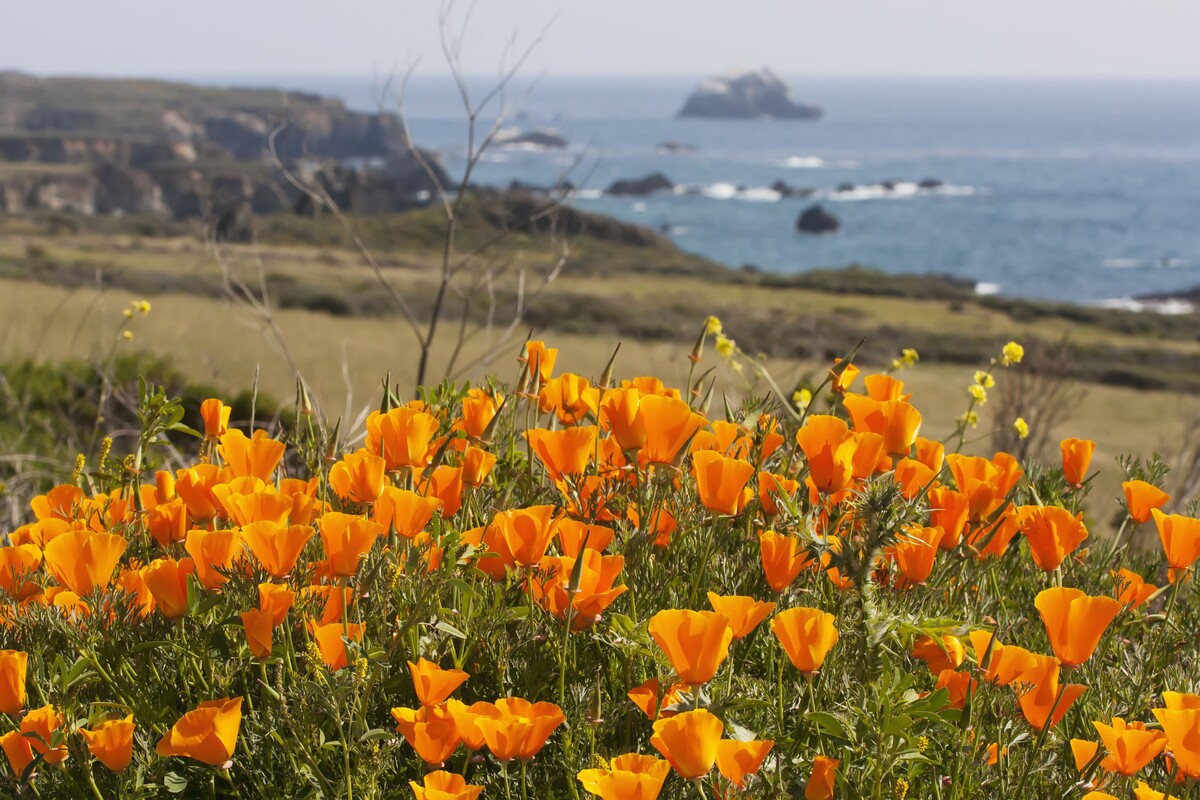
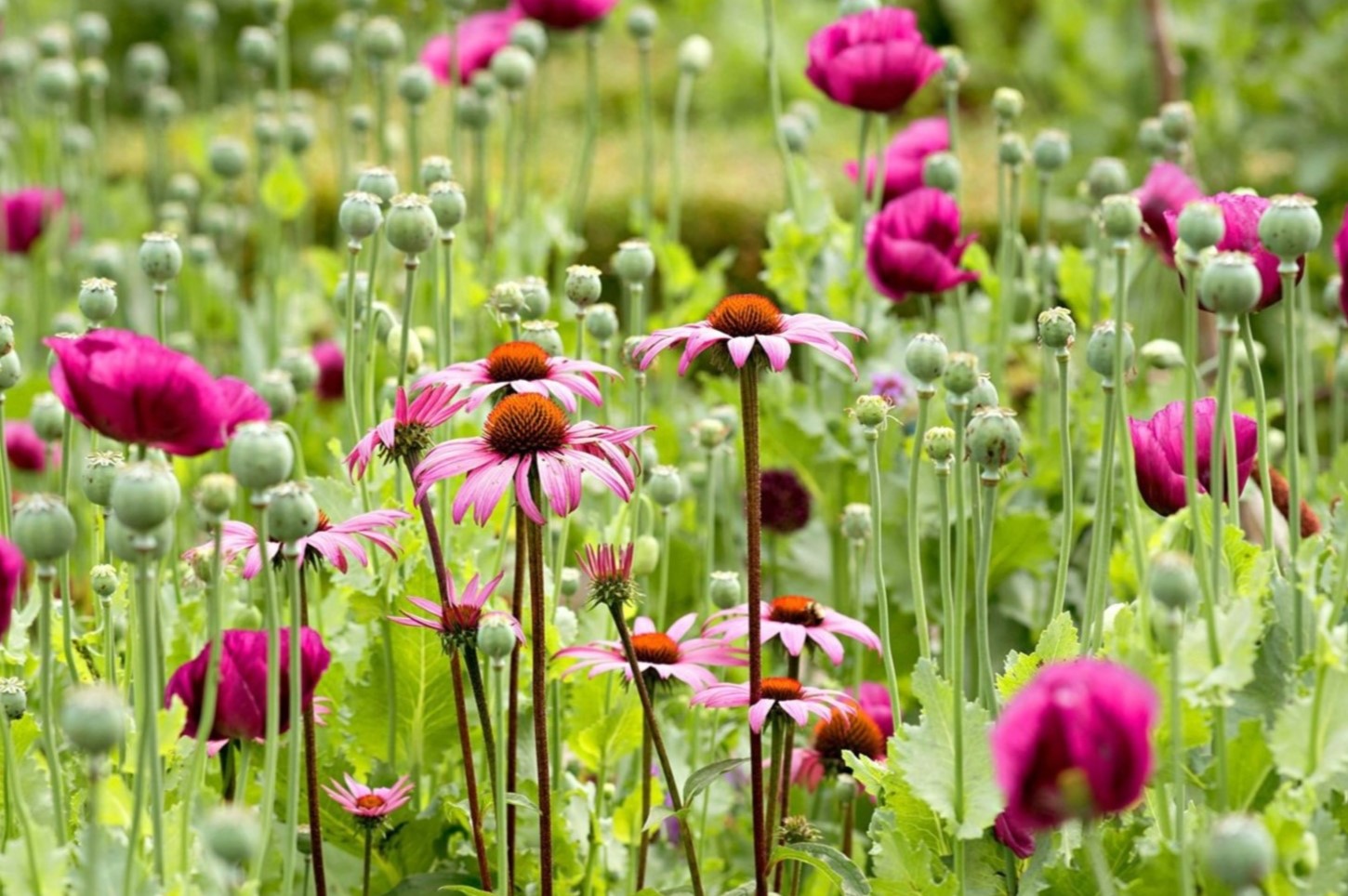
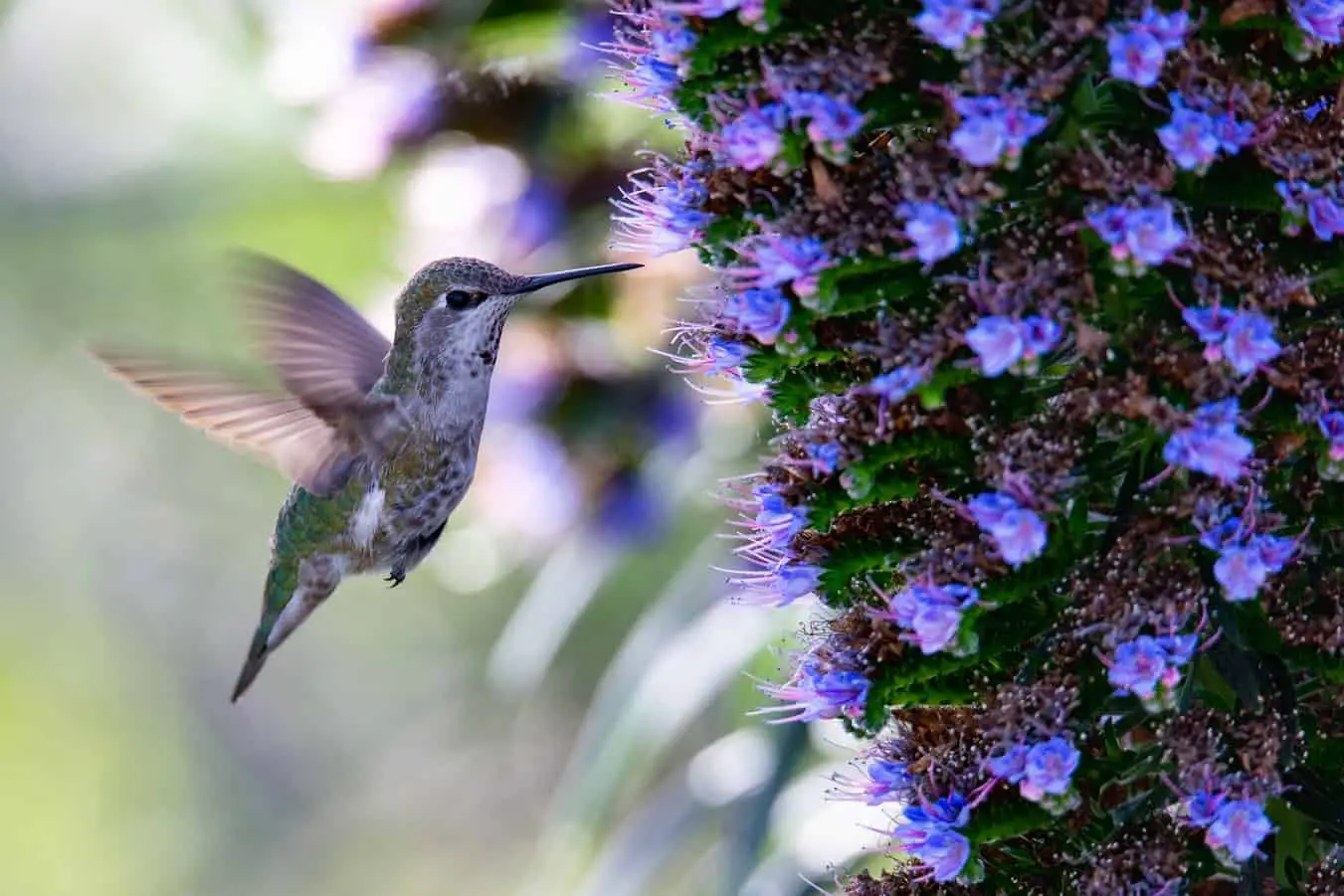
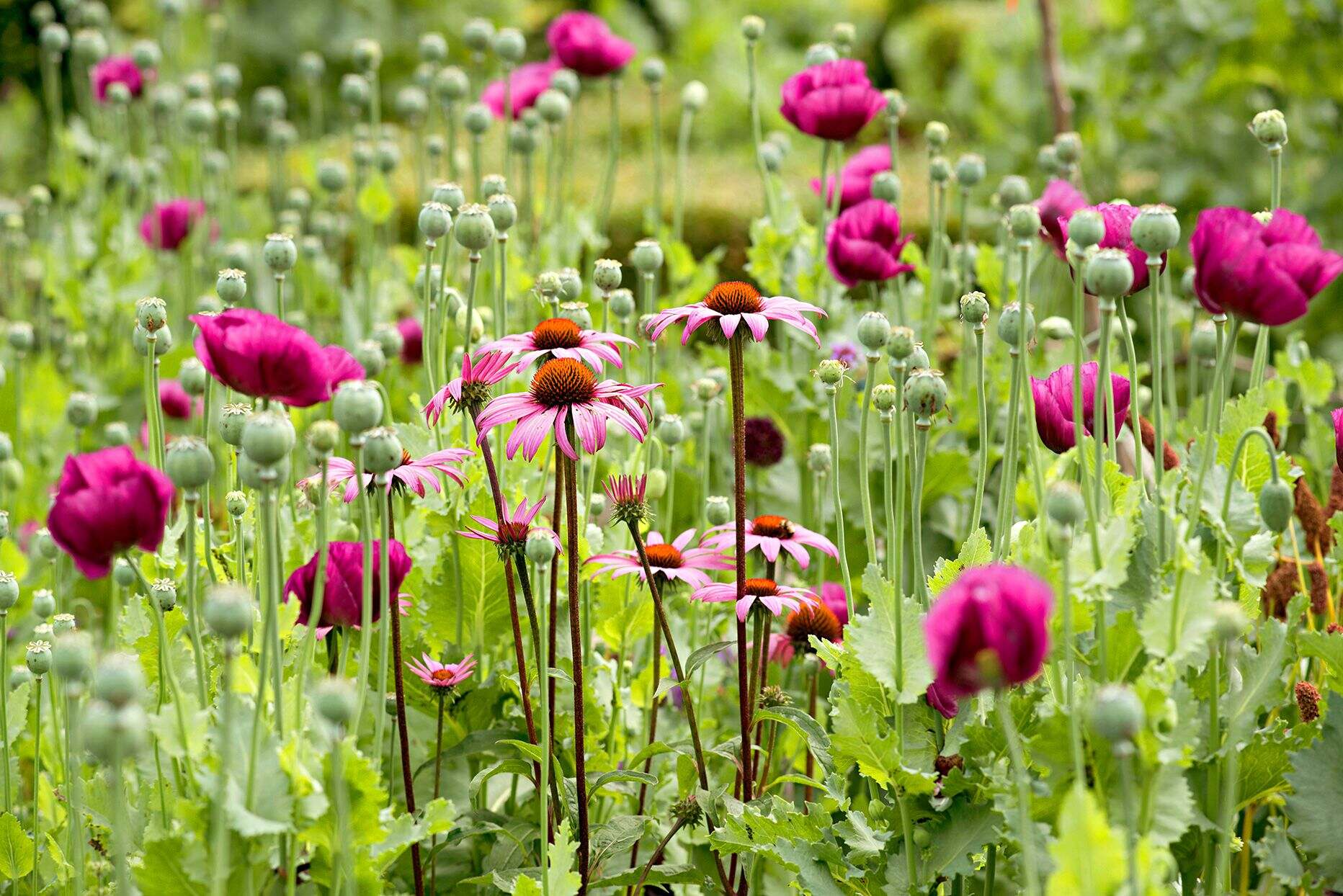
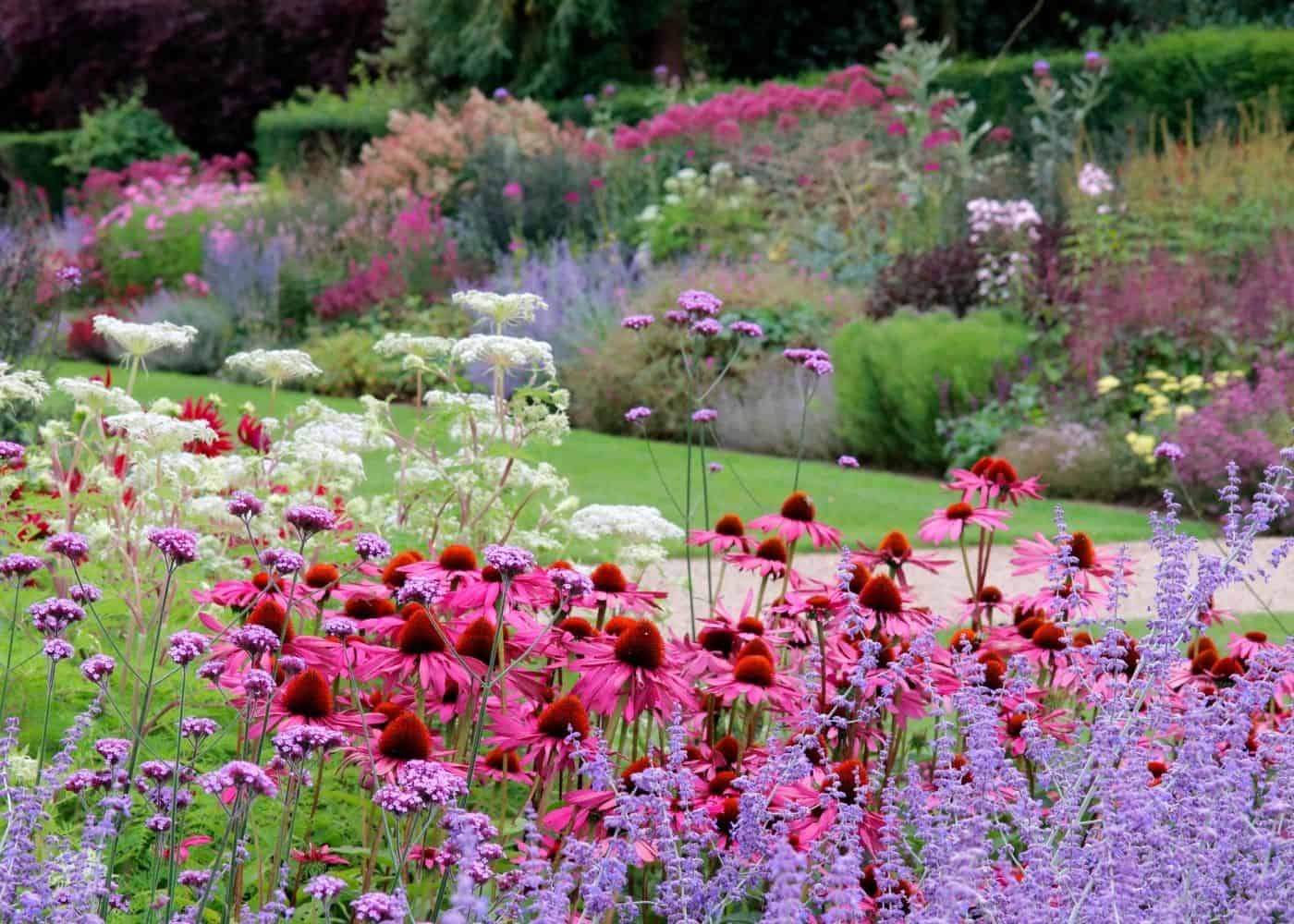
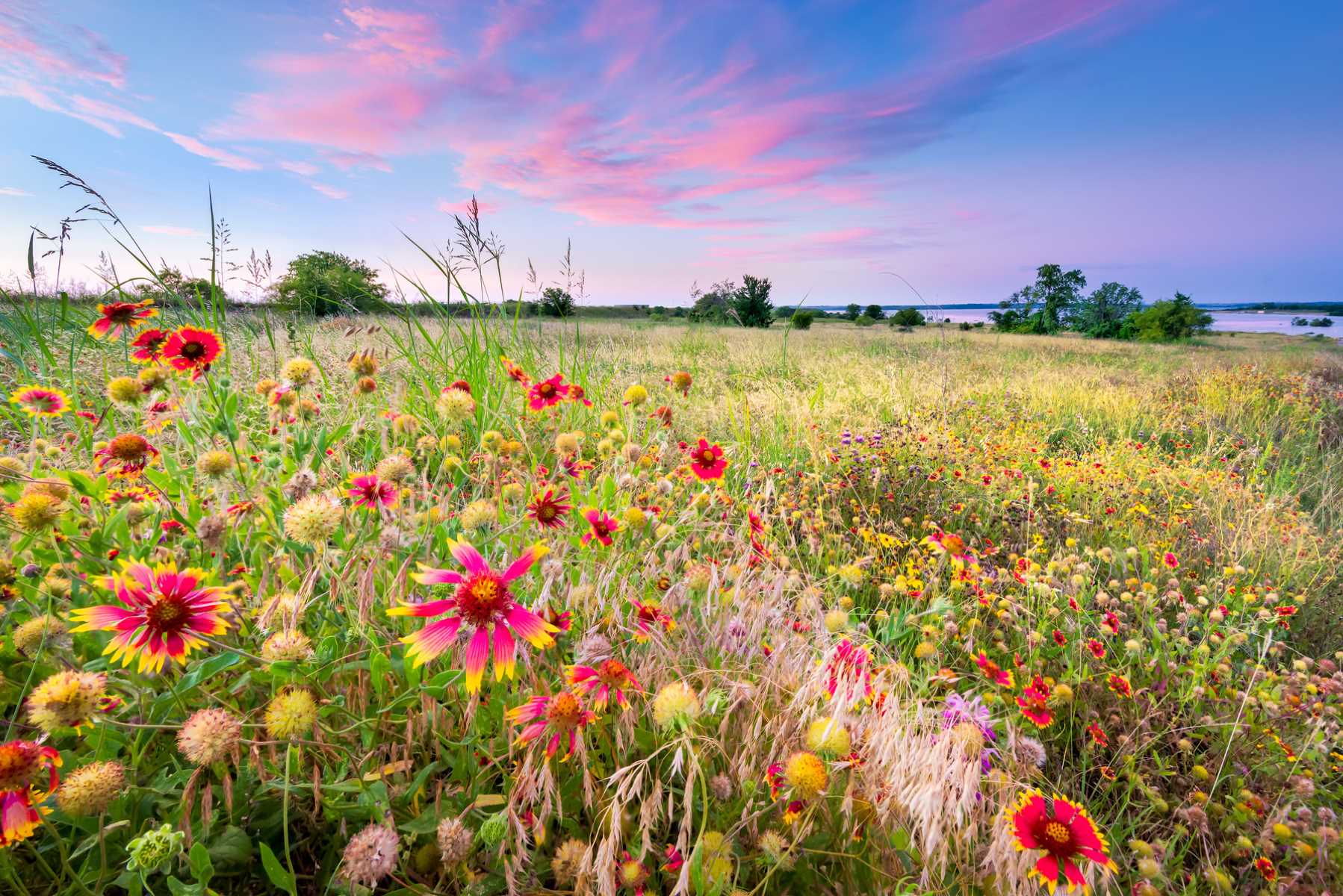
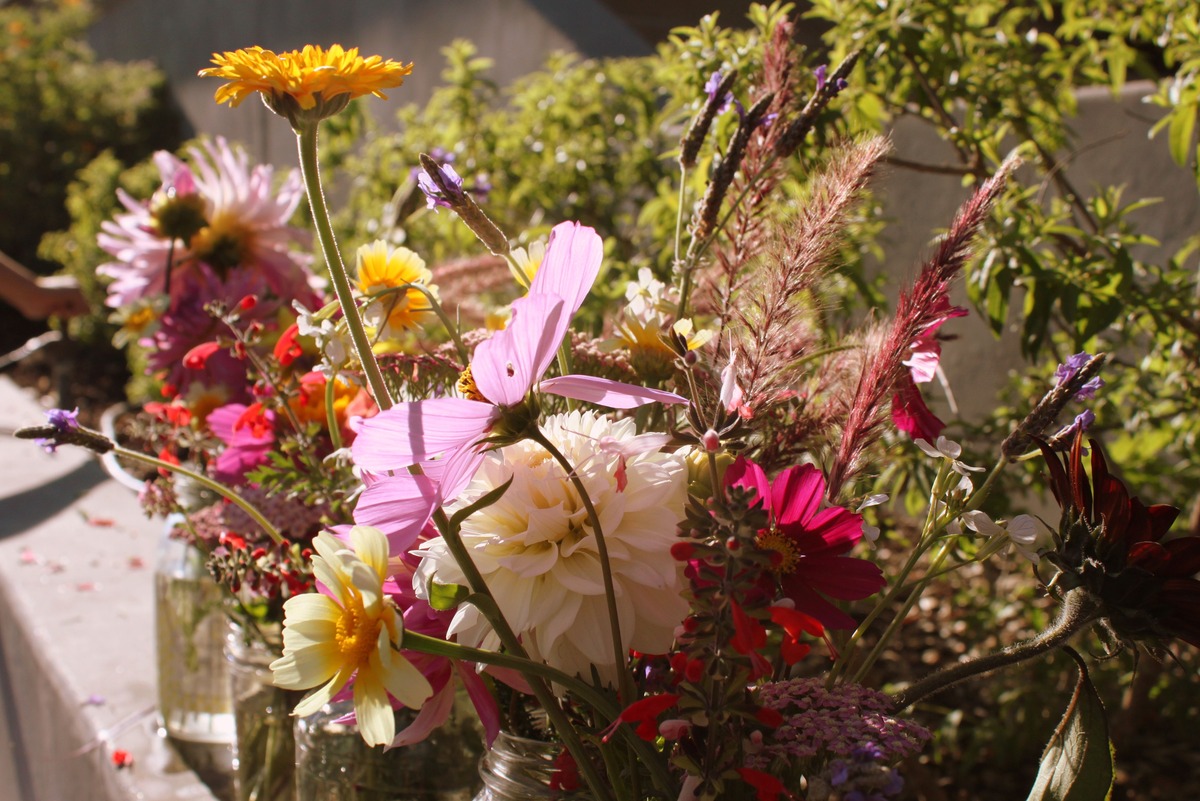
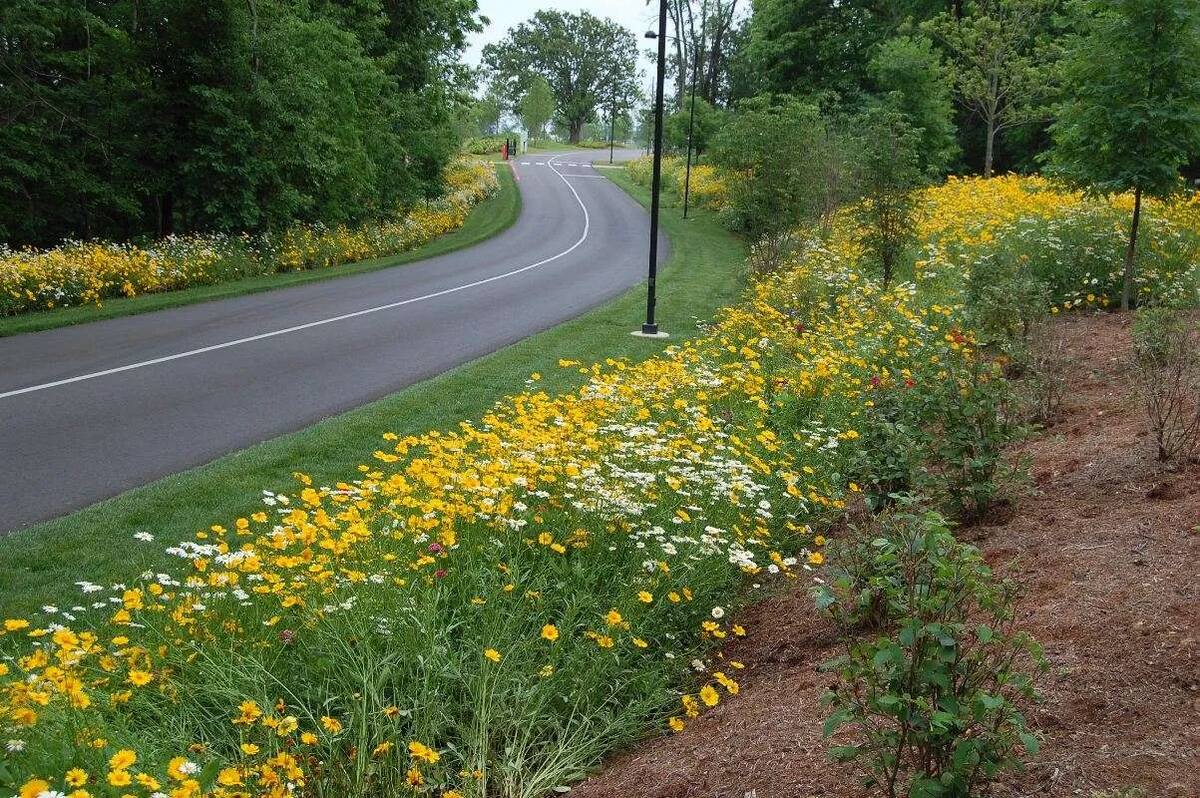
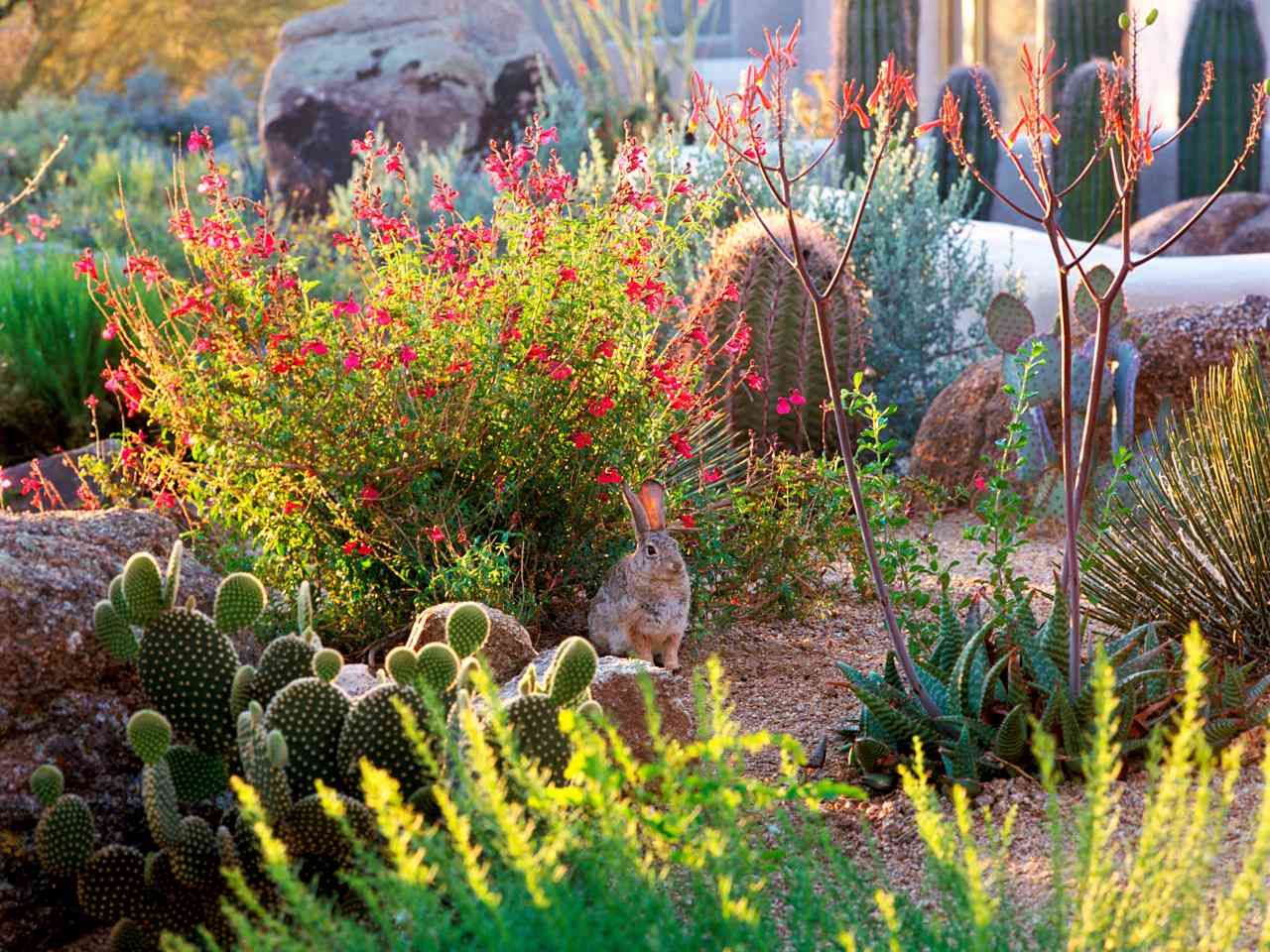
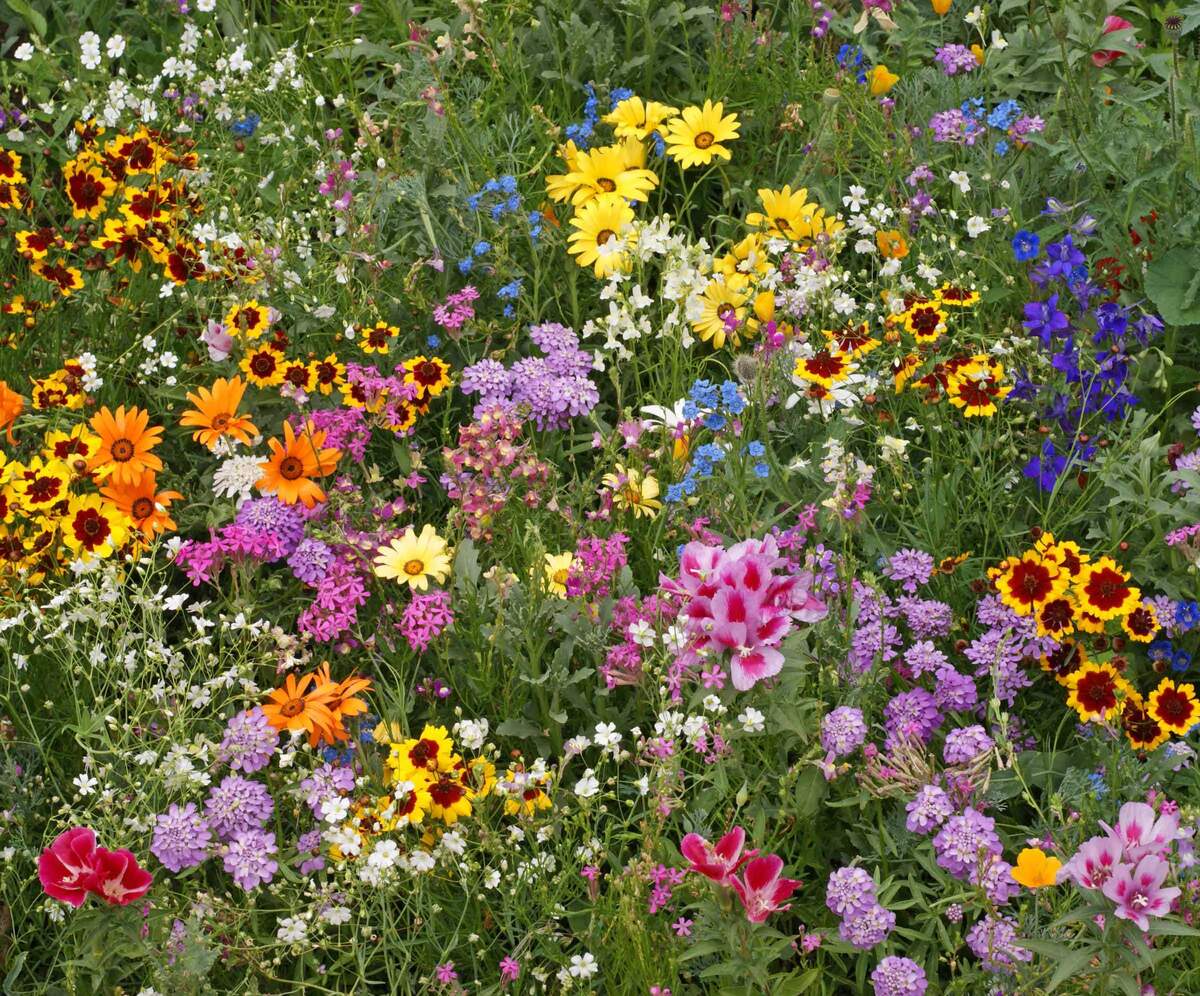
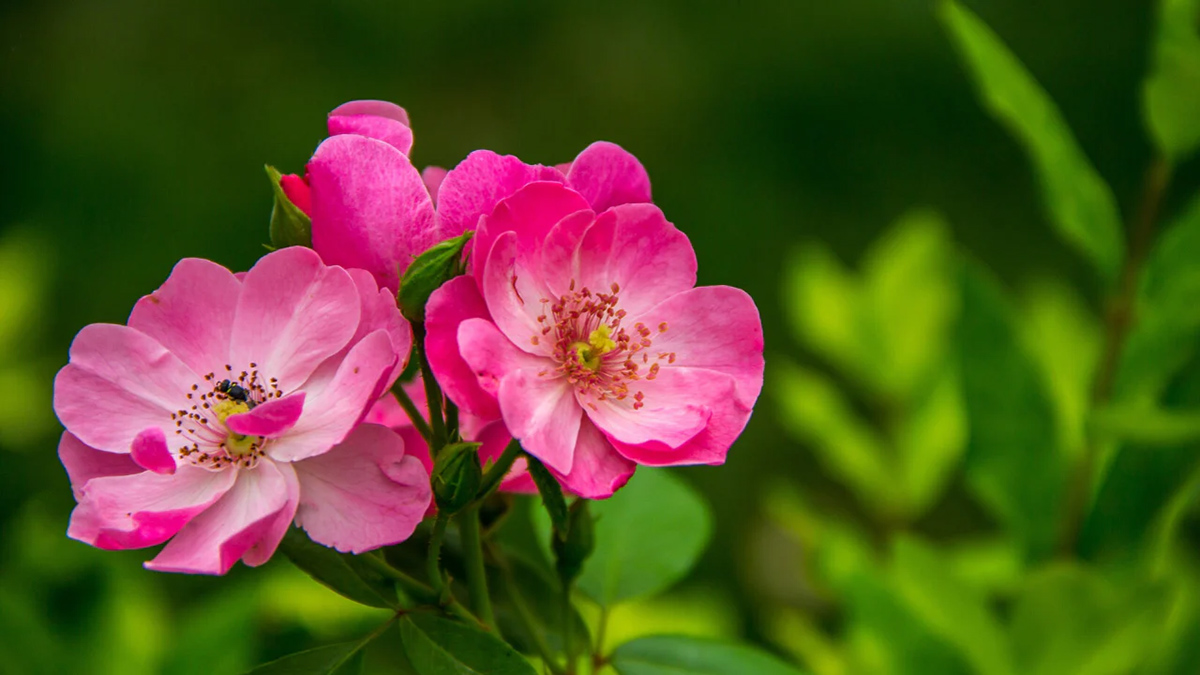
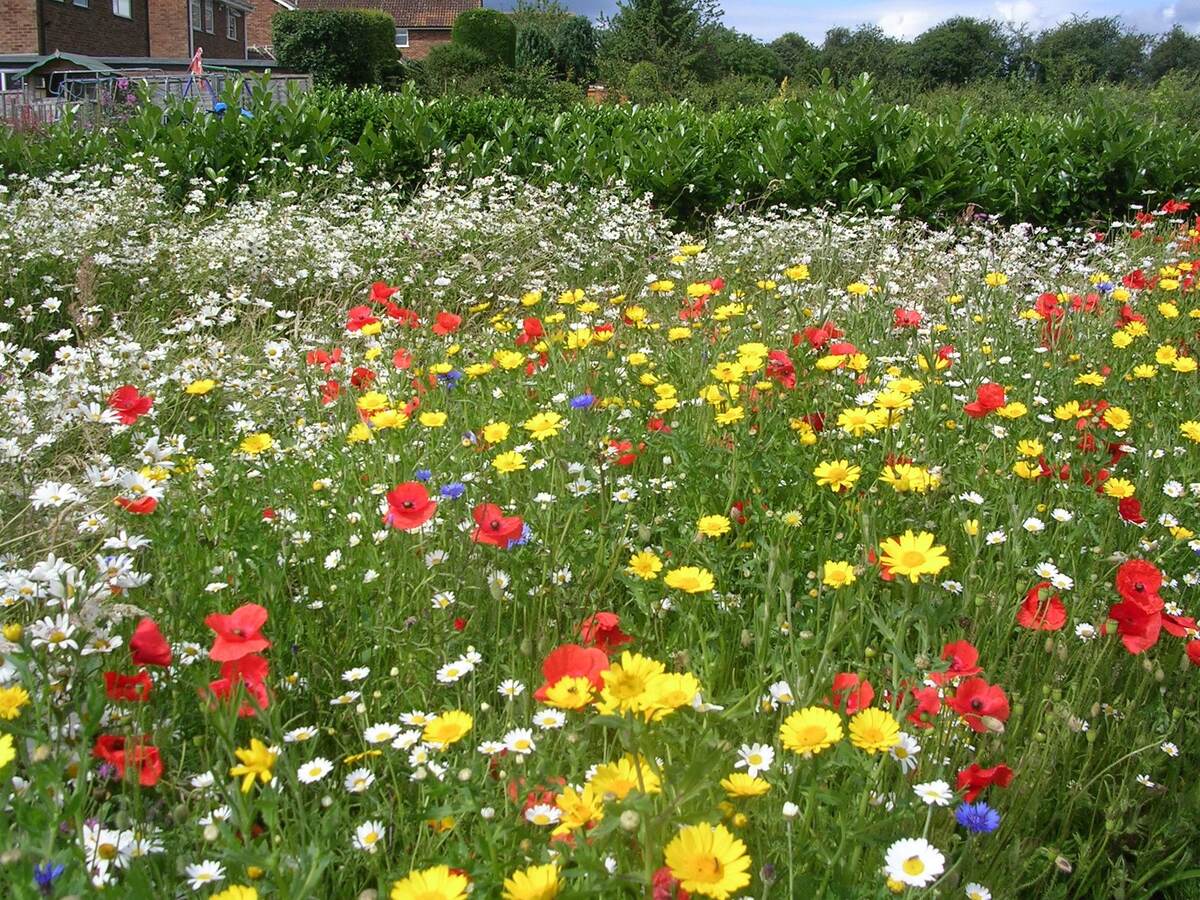
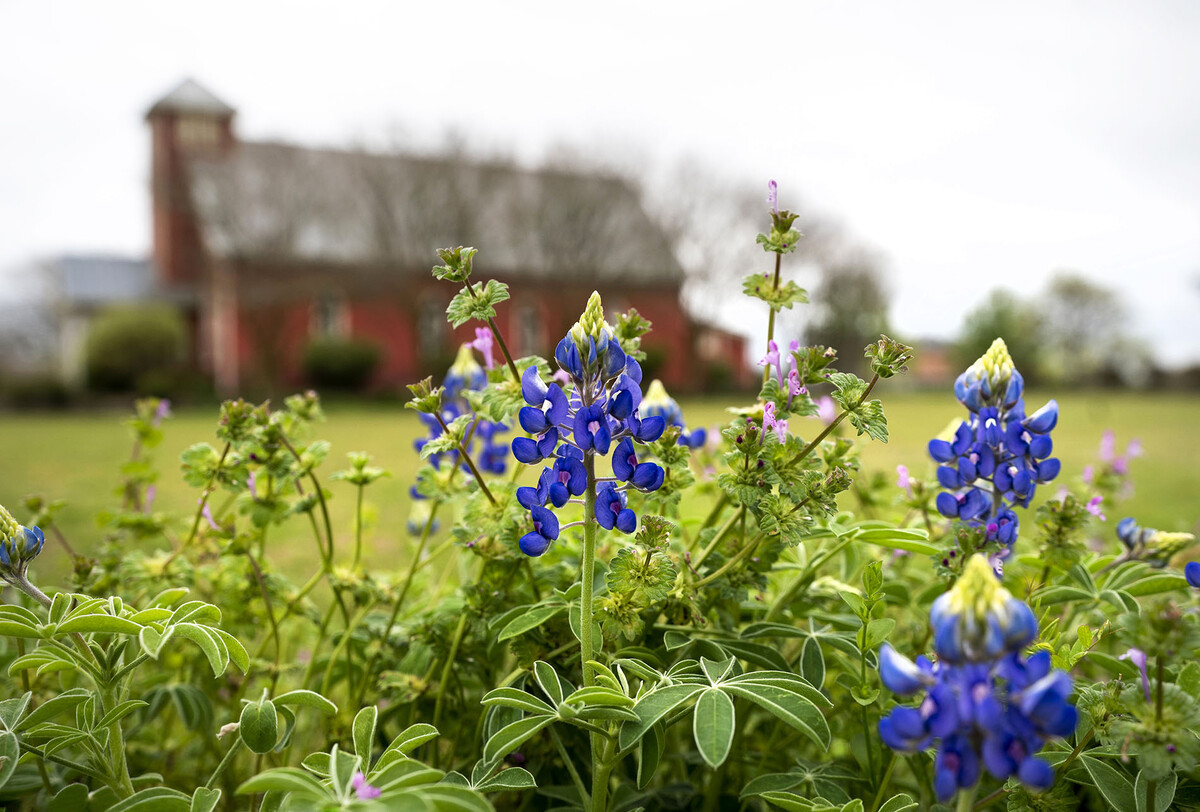


0 thoughts on “How To Plant Wildflower Seeds In CA Sierra Foothills”